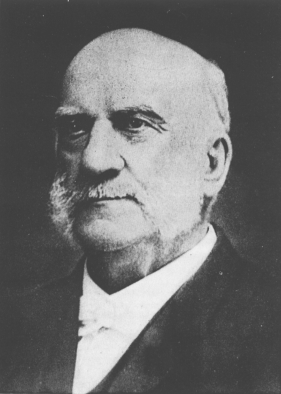A land-grant college or university is an institution that has been designated by its state legislature or Congress to receive the benefits of the Morrill Acts of 1862 and 1890. The original mission of these institutions, as set forth in the first Morrill Act, was to teach agriculture, military tactics, and the mechanic arts as well as classical studies so that members of the working classes could obtain a liberal, practical education. Passage of the First Morrill Act (1862) reflected a growing demand for agricultural and technical education in the United States. The Act provided grants in the form of federal lands to each state for the establishment of a public institution to fulfill the act’s provisions. While a number of institutions had begun to expand upon the traditional classical curriculum, higher education was still widely unavailable to many agricultural and industrial workers. The Morrill Act was intended to provide a broad segment of the population with a practical education that had direct relevance to their daily lives. In Texas, the institution created was Texas A&M University and was established in 1876. There is now at least one land-grant institution in every state and territory of the United States, as well as the District of Columbia.
still widely unavailable to many agricultural and industrial workers. The Morrill Act was intended to provide a broad segment of the population with a practical education that had direct relevance to their daily lives. In Texas, the institution created was Texas A&M University and was established in 1876. There is now at least one land-grant institution in every state and territory of the United States, as well as the District of Columbia.
Certain Southern states have two land-grant institutions as a result of the Second Morrill Act. In addition, some western and plains states have several of the 1994 land-grant tribal colleges. The Second Morrill Act (1890) sought to extend access to higher education by providing additional endowments for all land-grants, but prohibiting distribution of money to states that made distinctions of race in admissions. However, states that provided a separate land-grant institution for blacks were eligible to receive the funds. In Texas, the Second Morrill Act helped establish Prairie View A&M University. Prairie View A&M University was established in 1876 as well and supports the Cooperative Extension Program, a program it jointly administers with Texas AgriLife Extension Service.
A key component of the land-grant system is the agricultural experiment station program created by the Hatch Act of 1887. The Hatch Act authorized direct payment of federal grant funds to each state to establish an agricultural experiment station in connection with the land-grant institution there. The amount of this appropriation varies from year to year and is determined for each state through a formula based on the number of small farmers there. A major portion of the federal funds must be matched by the state.
To disseminate information gleaned from the experiment stations’ research, the Smith-Lever Act of 1914 created a Cooperative Extension Service associated with each U.S. land-grant institution. This act authorized ongoing federal support for extension services, using a formula similar to the Hatch Act’s to determine the amount of the appropriation. This act also requires that the states provide matching funds in order to receive the federal monies.
Source: http://www.wvu.edu/~exten/about/land.htm#why


